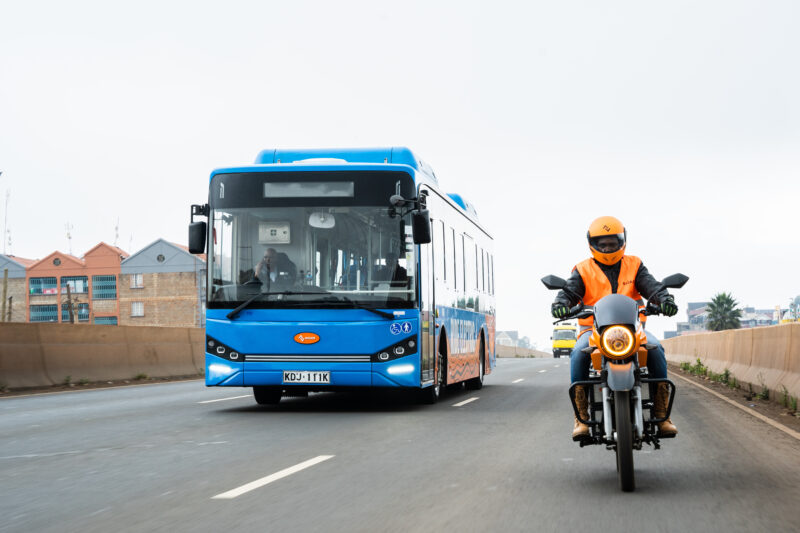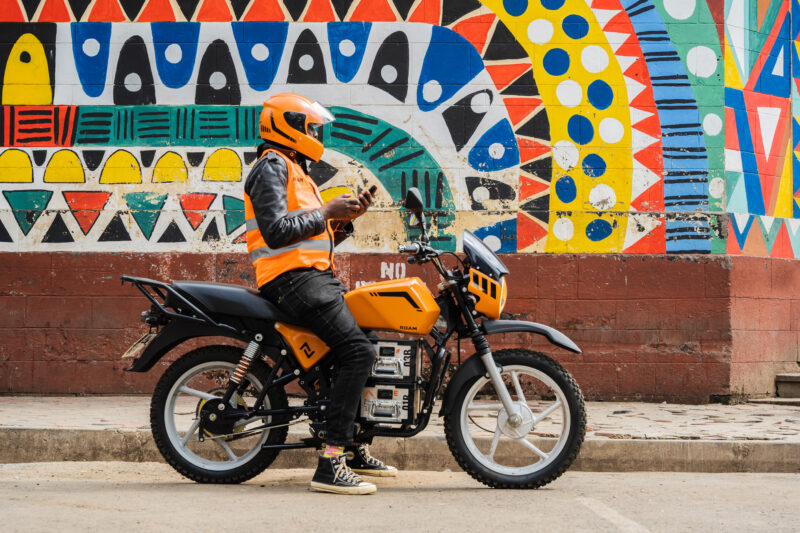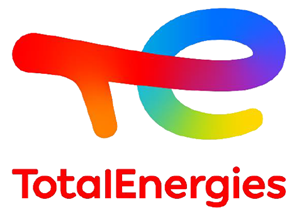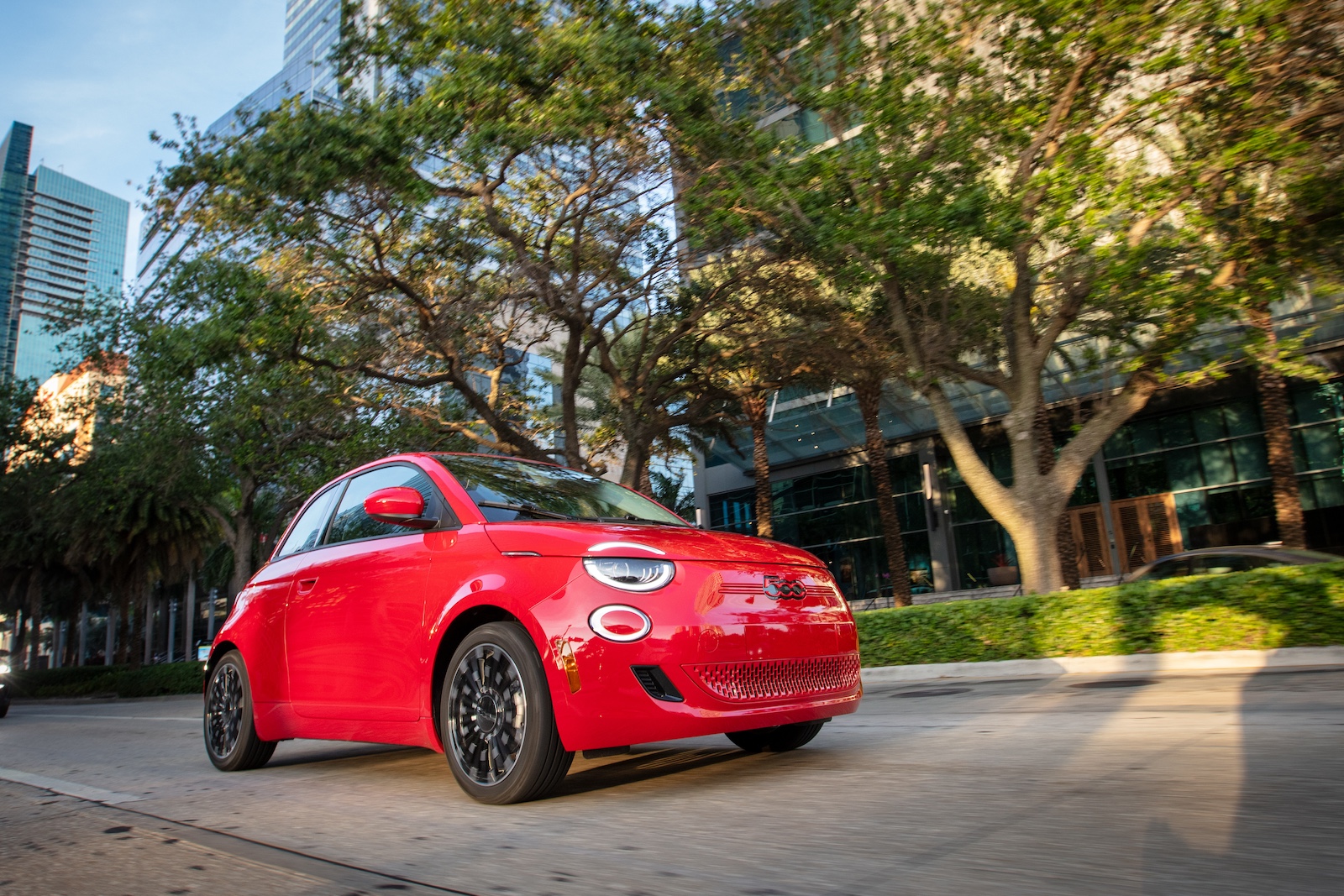Sign up for daily news updates from CleanTechnica on email. Or follow us on Google News!
The transition to electric mobility is gaining momentum around the world. For example, the electric two-wheeler market has been growing rapidly around the world over the past few years due to several factors, which include increasing fuel prices, rapid urbanization in developing countries, and the global push to reduce air pollution. Traffic congestion in urban centers has also contributed to the growing fleet of two-wheelers as they provide a channel to beat long wait times along congested city routes.
According to the “City guide for two and three wheeler management and electrification, C40 Cities, 2023’’ report, 90% of two-wheelers (internal combustion engine and battery-electric) are sold in Asia and Africa. The largest market for electric two-wheelers is the Asia Pacific Region, which accounts for around 90% of global sales.
According to the “Electric Two and Three Wheelers Global Emerging Market Overview, UNEP, 2024,” the current global fleet of two- and three-wheelers in Africa, Asia, and Latin America is estimated to be close to 570 million. The IEA’s Global EV Outlook, 2023 says that 20% of this fleet is already electric. This means there are already over 114 million electric two- and three-wheelers around the world.
In Africa, the fleet of motorcycles is estimated to be close to 27 million, with 80% of these used for commercial taxi services. 99% of these motorcycles in Africa are still internal combustion engine vehicles. The estimated compound annual growth rate (CAGR) for the period from 2021 to 2030 for the African motorcycle market is estimated to be between 12-14% (C40 Cities, 2023). Therefore, the motorcycle sector presents a great opportunity for electrification given the large addressable market and expected CAGR.
In Kenya, for example, according to The National Transport and safety Authority (NTSA) and other estimates, there were over 2 million internal combustion engine motorcycles, and just under 2,000 electric motorcycles. Electric motorcycles therefore have a market share of just 0.1%. This low market share is also an indication of the inherent potential in this sector. This potential has enticed tens of startups to enter the electric motorcycle sector in Kenya. A lot of these startups have been steadily progressing with several pilot phases, iterating, and improving their product development as well as business models using key feedback from these on the ground pilots. These firms are now looking to scale up production as they start to move towards commercially rolling out their products in Kenya.
Another area where we are starting to see significant activity in Kenya is the electric bus sector. A few startups are now working to ramp their operations, including local assembly of electric medium-sized and high capacity buses. Some good progress has been made on this front in Kenya with some firms partnering with traditional auto assembly firms to assemble electric buses. On the electric motorcycle front, some firms have also elected to partner with existing auto assembly firms, and others have chosen to install their own dedicated production lines.
For us to really see significant growth in the Kenyan and African electric vehicle ecosystem, a lot of support for these startups is needed. This support is needed from both a technical assistance point of view as well as from a financial support angle. This support will go a long way in helping the firms to:
- Scale up production
- Invest in research and tooling for cost efficiencies
- Streamline local and global supply chain networks
- Expand market presence on the African continent
Kenyan-based electric mobility firm Roam is one of the companies active in both the electric motorcycle and electric bus sectors. To help Roam accelerating its mission to revolutionize transportation in Africa, several venture capital firms and partners have partnered with Roam to provide a US$24 million in equity and debt facility. This Series A funding round was led by Equator Africa and includes investments from At One Ventures, TES Ventures, Renew Capital, The World We Want, and One Small Planet, among other prominent private and institutional investors. Additionally, through the International Development Finance Corporation (DFC), the U.S. government committed to provide Roam with an up to US$10 million debt facility.

Roam’s business segments include the Roam Air (electric motorcycle), Roam Rapid (electric mass transit bus), and Roam Move (electric urban transit bus), as well as energy and public charging systems. In addition, Roam is further increasing the utility of its motorcycles to riders through the deployment of Roam Hub stations, which are multi-purpose open-architecture electric motorcycle charging stations that offer a wide array of after-sales services including the option to rent additional batteries for a flexible period. Roam’s innovative vehicles, durable construction, and affordability make them a viable and sustainable alternative to traditional petrol-powered options. This landmark funding signifies a major step forward for Roam and will enable the company to ramp up its operations.
The Roam Move is a zero-emissions shuttle bus fashioned for high performance through unmatched design, with each detail developed to provide an exceptional passenger experience. Equipped with a 170 kWh battery pack, the electric shuttle bus can travel 200 km on a single charge.
The Roam Rapid is a high capacity bus capable of carrying 90 passengers, allowing for ample room, efficient boarding and disembarking of commuters with both seating and standing areas. The bus has priority seats for the elderly and people with limited mobility, extended legroom, designated areas for wheelchairs, and a low-floor entry for easy access.

Here is a summary of its key features:
Roam Rapid Mass Transit Electric Bus Specifications:
- Battery Capacity: 384 kWh
- Range: 360 km
- Dimensions (LxHxW): 12500 x 3300 x 2550 mm
- Top Speed: 70 km/h
- Seat capacity: Up to 90 passengers
- Weight: 18 000 kg
- Fastest Charging time: 2 hours
Features:
- Air conditioning for extra comfort
- Low-floor entry with kneeling ability for easy to access
- Wide doors with wheelchair ramp
- Extra leg room space for comfort
- Four priority seats for elders or people with disabilities
- Three large double doors
- DC fast charging

Here are some specs of the Roam Air electric motorcycle:
- Peak Torque: 58 nm
- Top speed: 90 km/h
- Acceleration 0-60 km/h: 6.9 seconds
- Range: 70 km per battery pack, depending on riding behavior
- Battery Capacity: 2 x 3.24 kWh
- Payload: 220 kg
- Weight: 129 kg single battery, 149 kg dual battery
Here is a summary of some quotes from the key stakeholders:
“DFC is proud to support initiatives like Roam that align with our commitment to fostering innovation and sustainability,” said James Polan, Vice President of the Office of Development Credit at DFC. “This significant transaction will support the expansion of Roam’s electric mobility offerings and resonates with our goals for a cleaner future.”
Nijhad Jamal, Partner at Equator, stated, “At Equator, we are committed to building a future with efficient, accessible, and sustainable mobility. Roam’s innovative electric mobility platform is at the forefront of this transformation, and we are proud to provide catalytic funding that will enable Roam to build a cleaner, more equitable future for African cities.”
Rajal Upadhyaya, CFO of Roam, expressed gratitude for the investor support, saying, “As Africa embraces the move toward electric vehicle technology, we are proud of our impact on the environment and livelihoods across Kenya and the wider continent. This funding is a critical step for Roam to achieve our strategic objectives in scaling up and increasing utility to our customers.”
The potential for a quick transition to electric mobility in Africa is clear to see given the extremely low levels of motorization on the continent as well as the high cost of fuel. Getting the right products to market at scale to tackle these transport issues requires an incredible effort, and adequate financial and technical support for all the players in the e-mobility sector. A lot more work is needed on both fronts, but it’s great to see that we are starting to get this level of support for companies like Roam in East Africa to help them along their journey to realize their goals and mission.
Images courtesy of Roam
Have a tip for CleanTechnica? Want to advertise? Want to suggest a guest for our CleanTech Talk podcast? Contact us here.
Latest CleanTechnica TV Video
I don’t like paywalls. You don’t like paywalls. Who likes paywalls? Here at CleanTechnica, we implemented a limited paywall for a while, but it always felt wrong — and it was always tough to decide what we should put behind there. In theory, your most exclusive and best content goes behind a paywall. But then fewer people read it!! So, we’ve decided to completely nix paywalls here at CleanTechnica. But…
Thank you!
CleanTechnica uses affiliate links. See our policy here.





